[ad_1]
The chicory plant household is stuffed with crispy greens that add a scrumptious chunk to cold and warm dishes. Radicchio is a cabbage-like plant with participating reddish-purple and white coloring that will stand out in your plate. Many companion vegetation can develop with radicchio do you have to wish to add this to your yard.
This cool-season crop will get together with many different vegetation that want related situations. If given good situations, it might develop to be fairly massive, and precisely spacing it with completely completely different vegetation can appear like a chore.
I’ll present you which vegetation work efficiently with radicchio and show you how to establish suggestions on how one can house them in your yard.
About Companion Planting
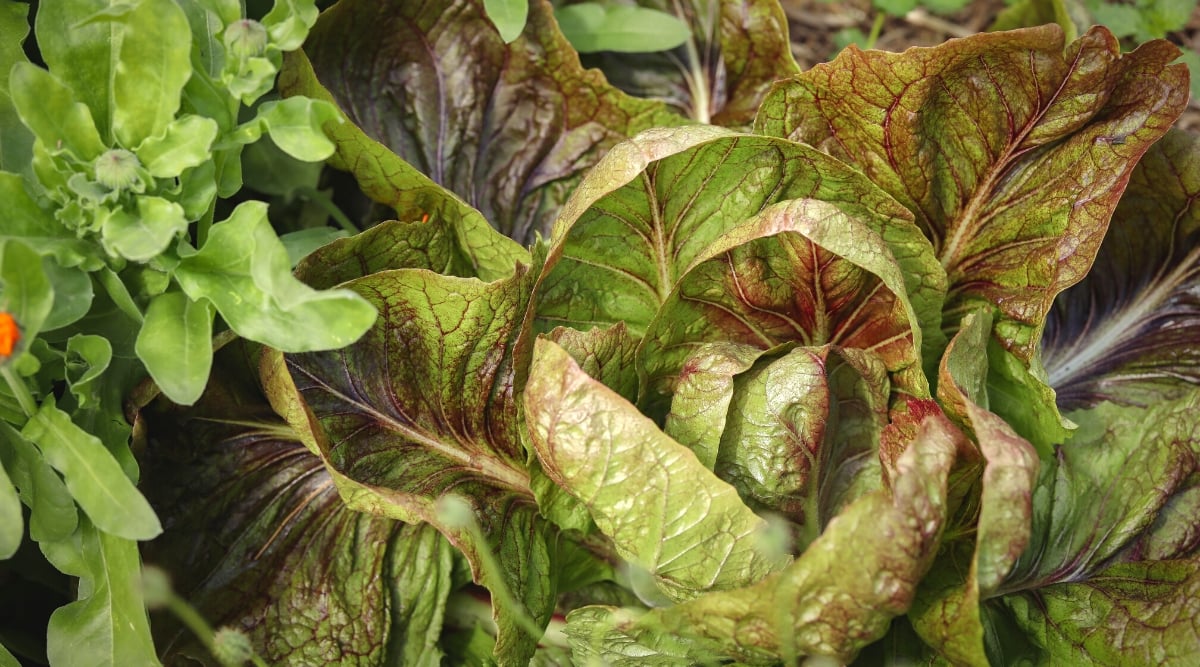

Companion planting is unquestionably making vegetation work so to make your life simpler—if you wish to try it that methodology! You presumably can pair sure vegetation collectively to assist reduce pest populations, entice pollinators, and supply shade.
With cautious planning, you will select companions that income one another nutrient-wise. Pairing nitrogen-hungry vegetation with others that don’t want as somewhat loads nitrogen will current you ways one can steadiness out how somewhat loads fertilizer you want. Crops with shallow roots develop efficiently with deep-rooted vegetation due to they absorb water and dietary nutritional vitamins at totally completely completely different ranges with out competing.
Anybody can income from companion planting, nonetheless these with restricted house will uncover primarily in all probability probably the most use for it. You presumably can flip your tomato planter correct proper right into a planter for tomatoes, herbs, and flowers, tripling your plant components whereas receiving bigger harvests.
Radicchio as a Companion Plant
Radicchio could appear like a tough plant to point correct proper right into a companion as a result of it might develop massive throughout the right situations. Before you will choose its neighbors, it is a should to grasp the easiest way it behaves contained in the yard.
Since radicchio can develop as loads as 12 inches tall and intensive, it makes a beautiful flooring cowl for varied vegetation. It could possibly presumably suppress weeds and defend roots, which can assist your completely completely different vegetation thrive. This chicory performs most fascinating in cool seasons with a substantial amount of moisture.
Radicchio has a shallow root system, so quite a lot of the exact property it takes up is above flooring, that means you presumably can plant deep-rooted vegetation like carrots and beets shut by and under no circumstances have to fret about taproots turning into misshapen.
Radicchio can entice numerous pests that will assault its neighbors, together with aphids, flea beetles, thrips, and cabbage loopers. You may additionally see ants spherical, nonetheless they acquired’t eat your radicchio; they’re merely farming aphids for his or her honeydew, which suggests you’ll have a superb larger aphid drawback than ahead of.
One completely different drawback you will have is defending thirsty radicchio cosy. They like a complete lot of water, usually 1-2 inches per week, and likely additional should you develop it in hotter situations than it prefers to develop in, like to begin with of summer season season season. If you happen to occur to happen to pair it with completely completely different thirsty vegetation, you’ll should water your yard additional typically than common.
Companion Crops for Radicchio
Let’s ponder some companions that develop efficiently subsequent to this distinctive chicory!
Beets
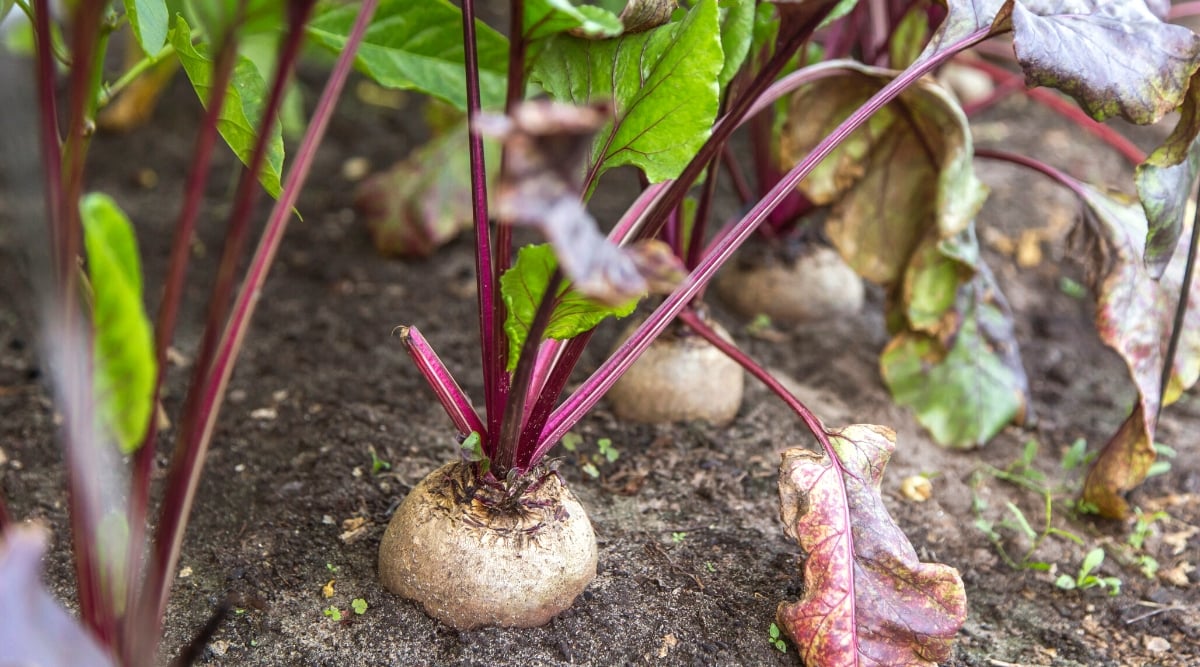

Beets have pretty a bit to current to their neighbors. For starters, their thick roots will assist loosen the soil to assist radicchio develop bigger. Their roots absorb dietary nutritional vitamins at totally completely completely different ranges and bought’t hinder one another’s progress.
If you happen to occur to happen to don’t should eat beet greens, lower them and return them to the soil. They’re stuffed with magnesium, which helps vegetation develop larger. Crops that don’t purchase ample magnesium can develop to be stunted, so be happy to depart these leaves behind.
Carrots
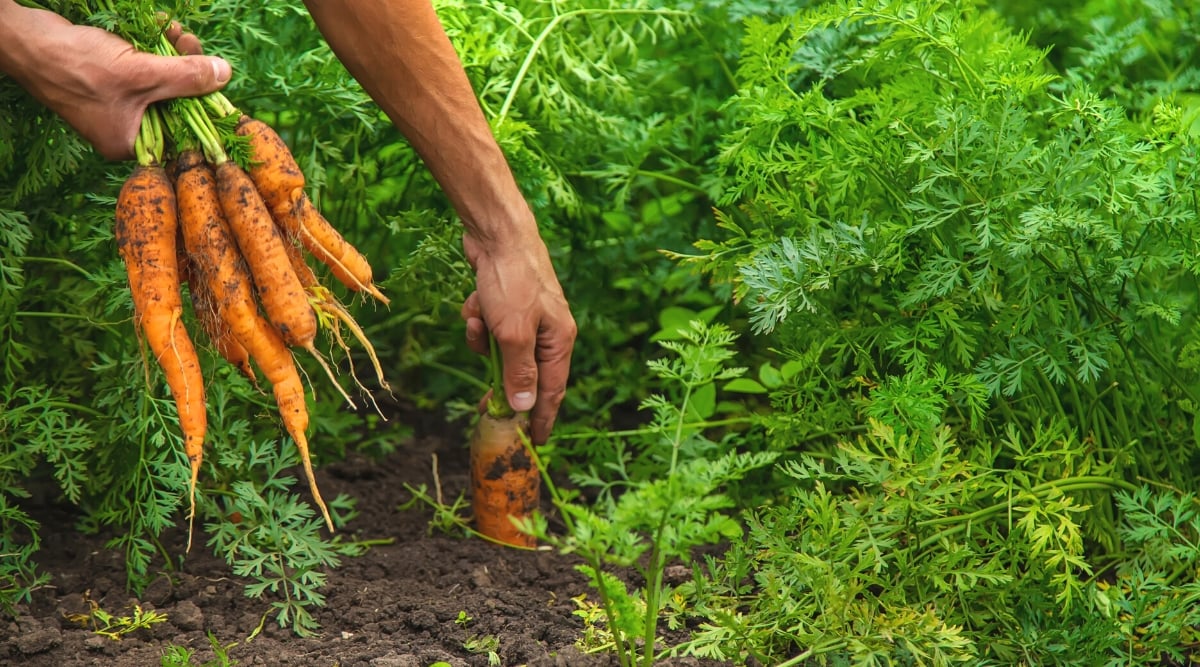

Carrots are good at loosening the soil, considerably should you develop massive varieties that attain deep contained in the soil. If you happen to occur to happen to’re rising radicchio in a yard mattress with less-than-ideal soil, companion planting carrots will assist make it simpler for the roots to develop and may even assist draw dietary nutritional vitamins into the higher layers of the soil.
On condition that roots develop at totally completely completely different depths, they don’t compete for dietary nutritional vitamins. Carrots have a deep taproot with feeders that creep beneath the extent of the shallow radicchio roots. That is good ought to it is best to squeeze these vegetation correct proper right into a small house.
Cauliflower
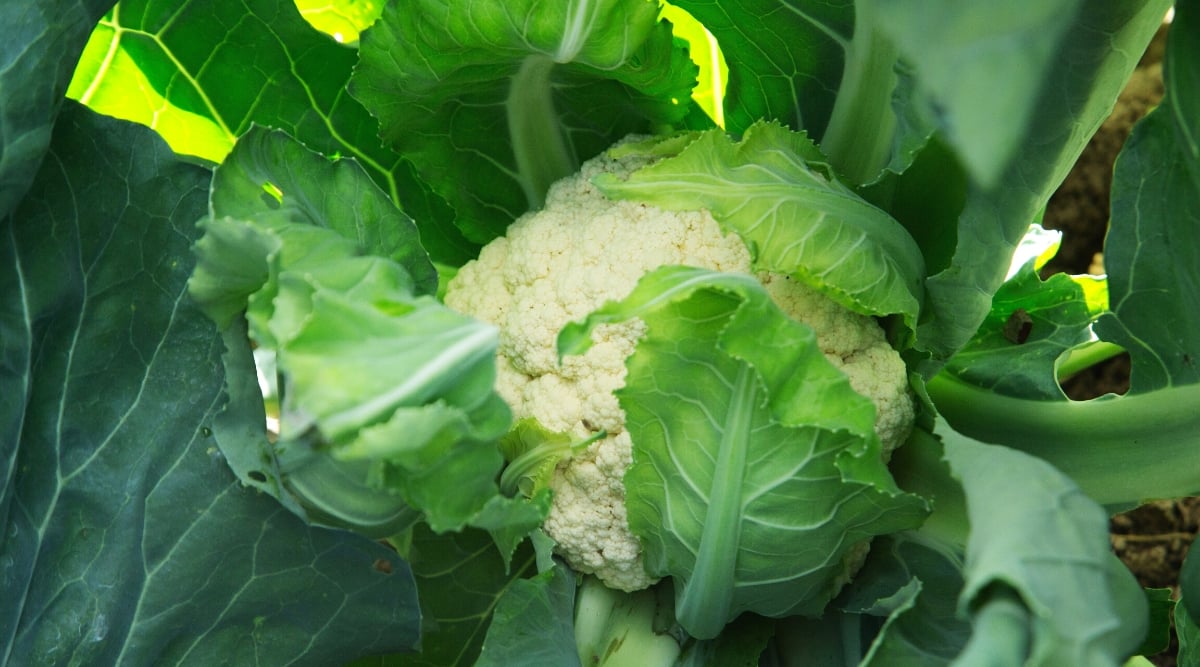

Cauliflower doesn’t primarily income radicchio, nonetheless it’s a beautiful companion due to it has related rising necessities and bought’t hurt the plant. They’re each cool-season crops that want a substantial amount of water and sunshine. You’ll in all probability want to elongate how somewhat loads water you give them since they’re each thirsty vegetation.
Each vegetation are liable to cabbage loopers, flea beetles, aphids, and thrips, so that you just’ll want to check out for these pests. Ponder rising sage or one completely different herb that helps to discourage these pests shut by.
Cucumbers
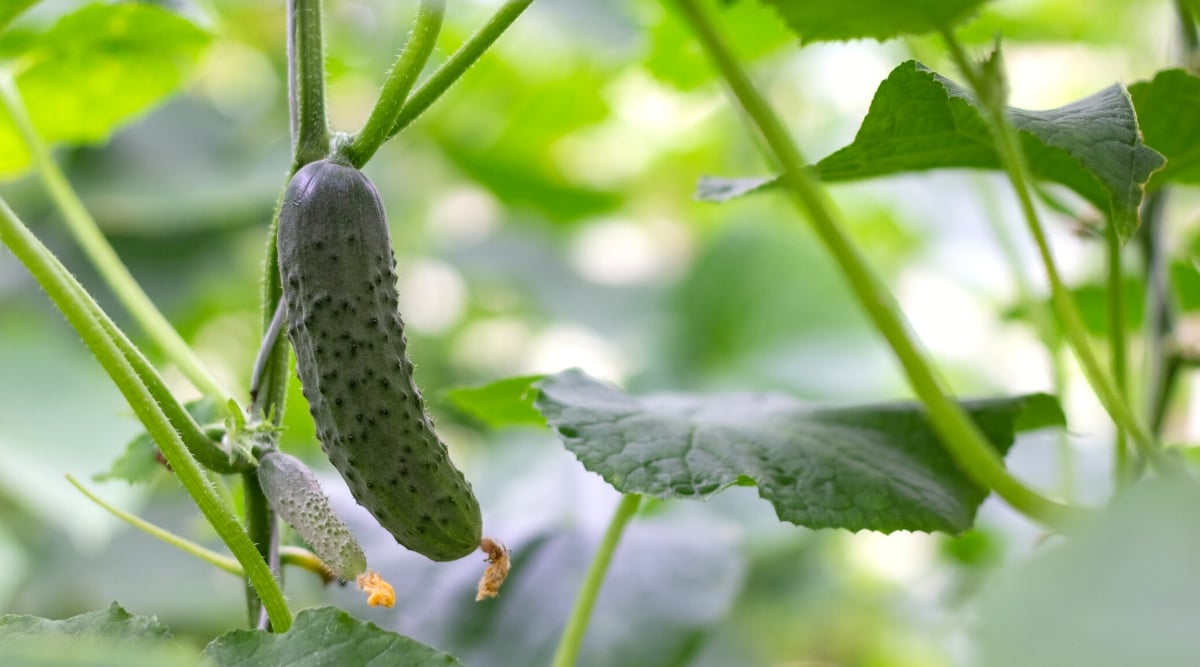

Cucumbers can assist you make your spring chicory crop remaining additional or assist the seedlings you plant in late summer season season season keep cool. Trellis the cucumbers so that they don’t suffocate the radicchio nonetheless present a substantial amount of shade to guard it from excessive temperatures.
Mature radicchio vegetation can assist defend cucumber roots and act as a dwelling cowl crop to retain moisture contained in the soil, which is good since they each like a complete lot of water. The similar watering wants for each vegetation furthermore make them good neighbors.
Dill
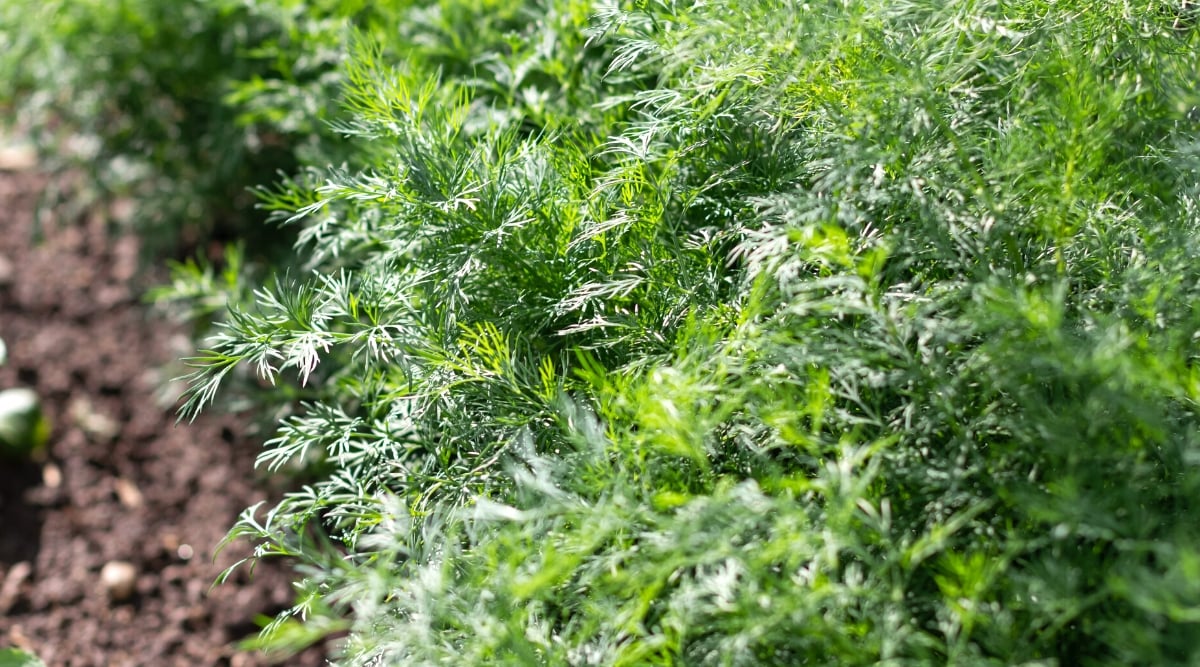

If aphids are an issue, plant some dill. Ladybugs and lacewings love dill and may flock to it, and so they additionally’ll stick spherical your yard for an aphid buffet. Dill also can entice many pollinators and completely completely different helpful bugs that will income your yard.
Dill will work most fascinating as a container plant close to your crop on account of it likes drier situations. You can as correctly plant it on the sting of the mattress, the place the soil will drain shortly.
Lettuce
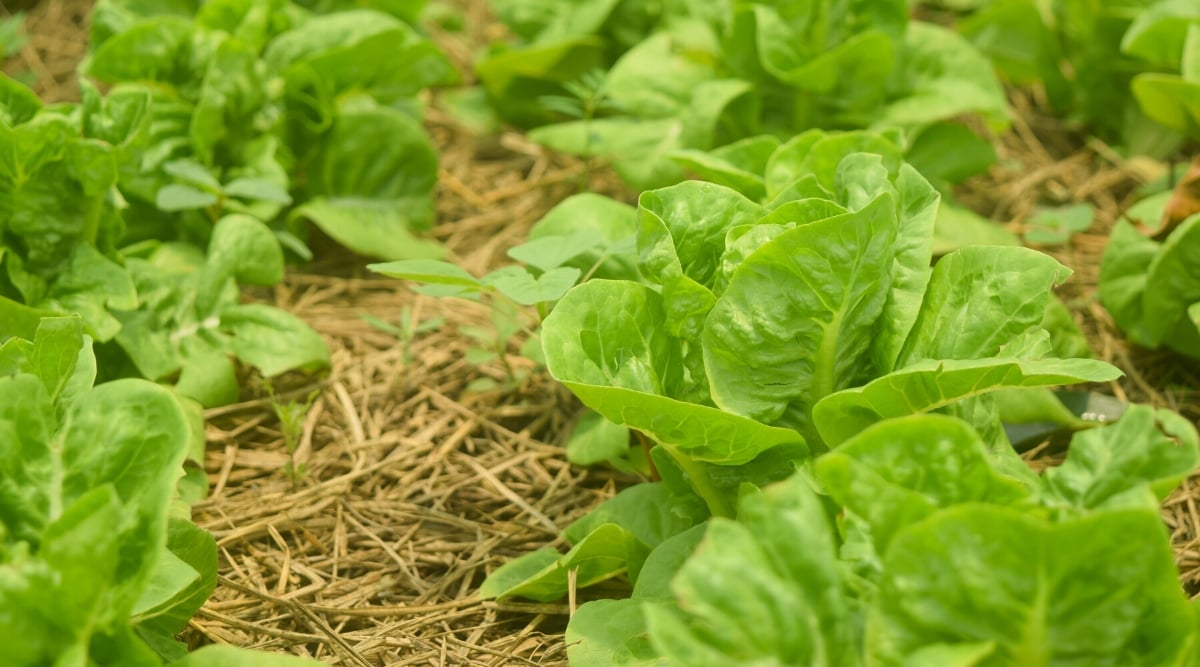

Lettuce is one completely different plant that doesn’t income or hurt chicories—it merely exists shut by. They each like ample water and a substantial amount of springtime daylight nonetheless will begin to bolt when the temperatures get too scorching.
They do share pest factors, although, like aphids and thrips. Shield neem oil accessible to battle them, or wash the aphids off with water.
Mustard Greens
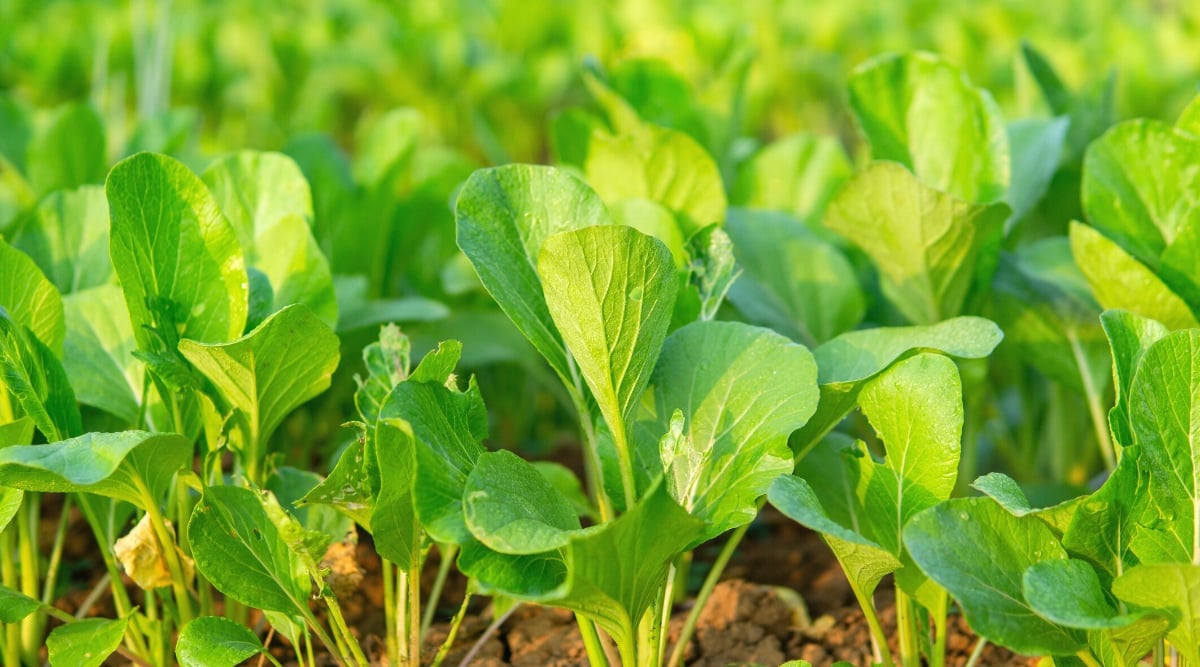

Mustard greens are a unbelievable radicchio companion due to they like moist situations. They typically solely develop just a few inches tall and intensive, making it simple to squeeze them into open areas between the heads.
Mustard is contained in the Brassica household and has quite a few the identical pests I discussed with cauliflower, like cabbage loopers and thrips, which could additionally go after your chicory crop.
Radish
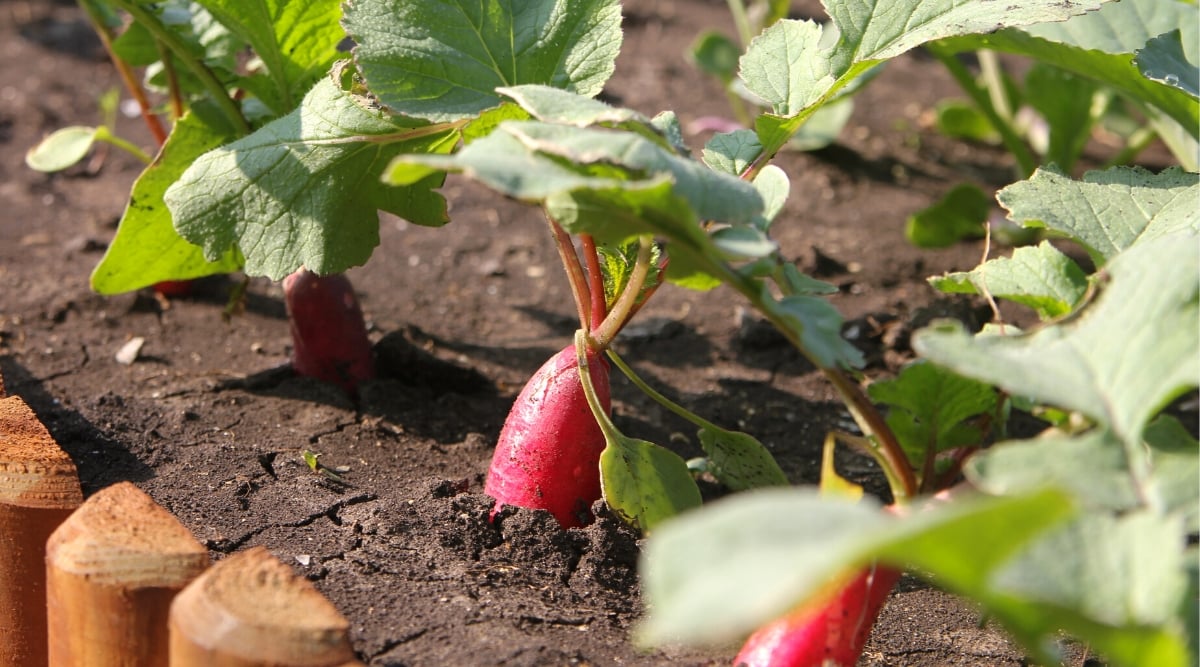

Radishes and chicories make a unbelievable mixture on the dinner plate, nonetheless furthermore they go efficiently collectively contained in the soil. They’ve related water and daylight wants, and each have to be grown in cool native climate, so that you just acquired’t should sweat over their particular specific particular person care.
You need to use radishes as a lure crop for aphids. Plant radishes shut by (nonetheless not right subsequent to your radicchio – merely inside just a few toes) and permit the aphids to feed on the radishes.
As quickly as they get too haggard-looking, take away the radishes out of your yard to get the aphids out of there and reduce the inhabitants.
Sage
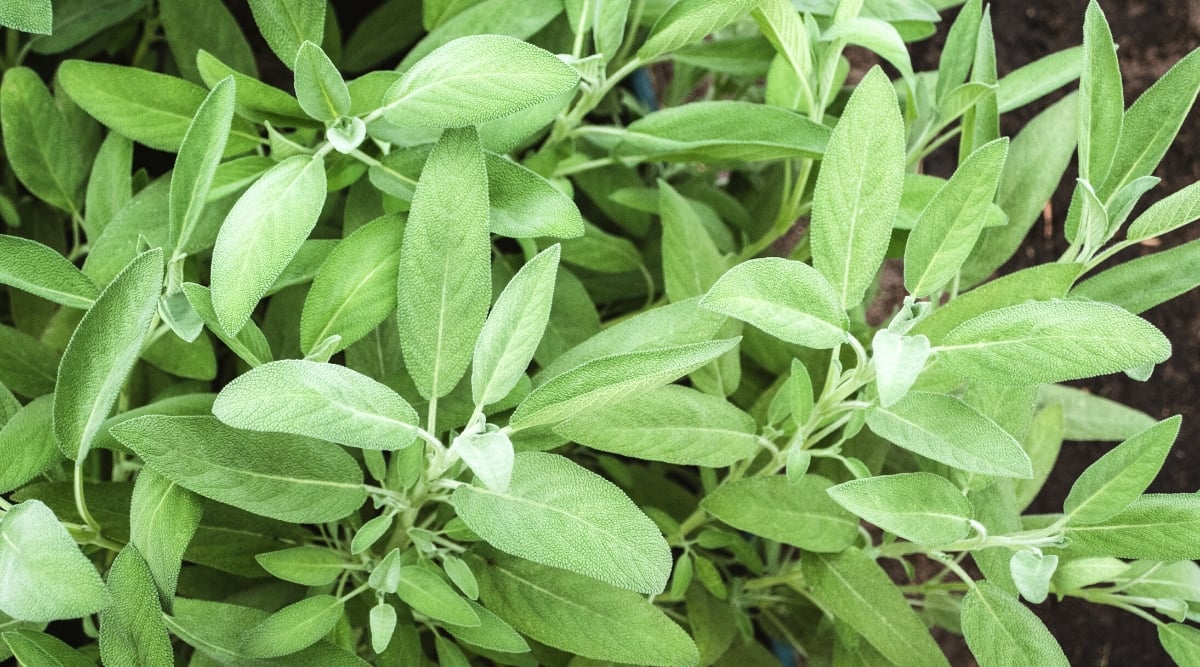

This drought-tolerant herb is more likely to be troublesome to maintain cosy inside the same mattress as a chicory crop due to chicories want somewhat loads water, and sage likes it drier. Nonetheless, it’s a beautiful companion due to all of the pests it deters. Flea beetles, cabbage worms, cabbage moths, and cabbage loopers wish to assault radicchio nonetheless will protect their distance in case you may need sage spherical.
Shield sage in a container close to your radicchio so you will administration how somewhat loads water it receives. It must solely be watered when the most effective few inches of soil are dry, whereas radicchio wants consistently-moist soil.
Tatsoi
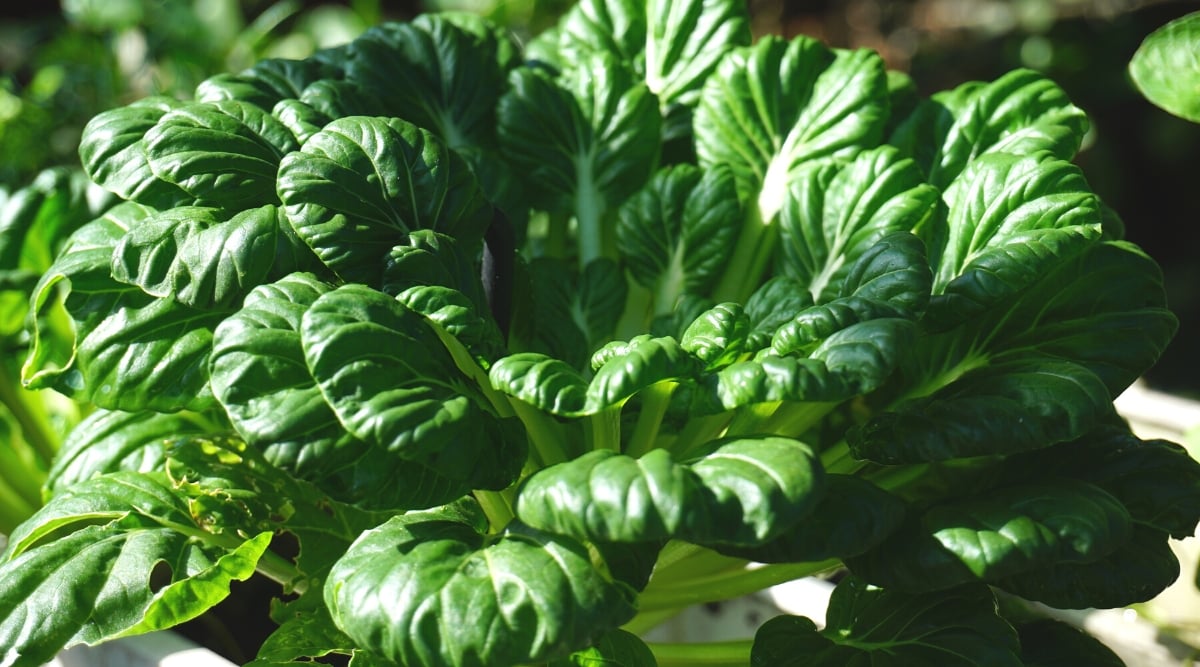

Tatsoi is an Asian brassica that could possibly be favored uncooked or cooked. Although it attracts slugs, cabbage worms, and flea beetles like completely completely different brassicas do, they don’t go after this plant as somewhat loads as they do the others. These pests furthermore like radicchio, nonetheless the pest pressures shouldn’t be as unhealthy as completely completely different radicchio and brassica combos.
Tatsoi is one completely different thirsty vegetable that will income from sharing an house collectively alongside along with your radicchio. Present each vegetation with a substantial amount of water and nitrogen to maintain everybody cosy.
Tomatoes
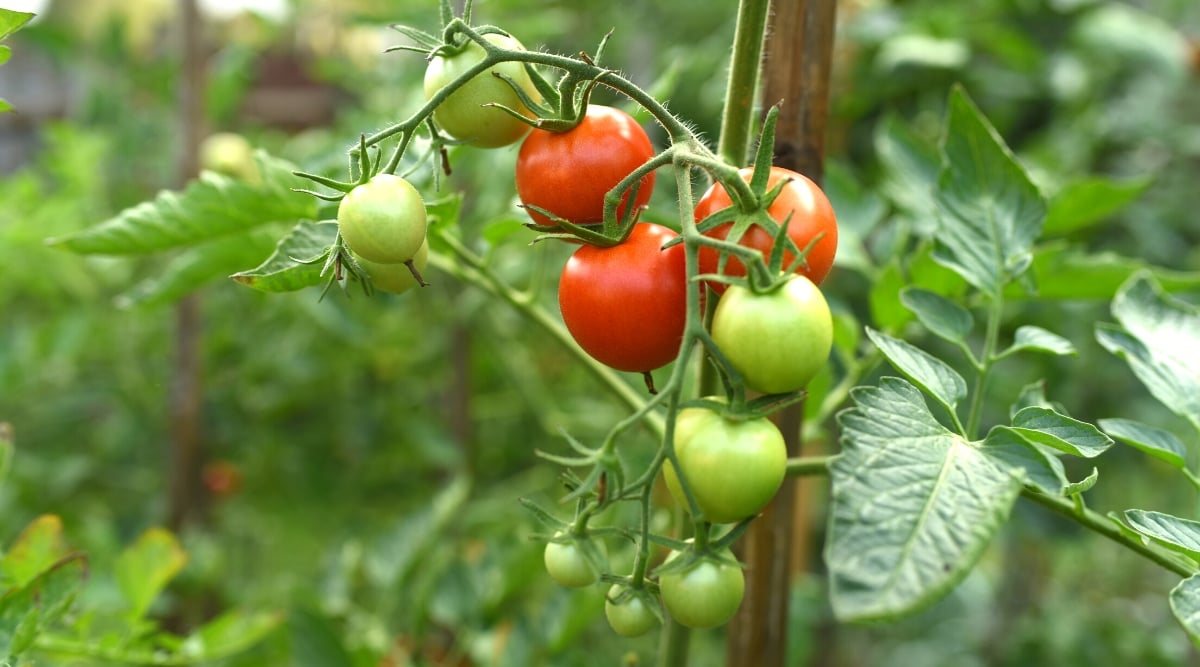

Some gardeners will say that tomatoes and completely completely different nightshade vegetation are a foul completely different with radicchio. These folks have a stage, nonetheless should you’re cautious about spacing, it is important use tomato vegetation to extend your spring chicory harvest.
Tomatoes are usually frowned upon as a chicory companion plant due to their tendency to unfold verticillium wilt. Radicchio could possibly be liable to this illness, so if one plant will get it, you hazard infecting each crops. Nonetheless, deciding on verticillium wilt-resistant tomatoes similar to the Camelia F1, Photograph voltaic Gold F1, and Early Cherry will assist reduce the illness, as will pruning the underside branches of the tomato vegetation so that they don’t contact the radicchio.
The income that comes from these companions is the shade tomatoes present radicchio as spring heats up into summer season season season. This chicory solely likes full picture voltaic contained in the springtime and may bolt if it will get too scorching. However when massive tomato vegetation shade it, it’s going to keep cool in moist soil and may final for for for much longer than if it wasn’t protected.
Closing Ideas
Radicchio is an lovely and scrumptious crop that will add a substantial amount of shade and magnificence to your meals. Although it might take up some house contained in the yard, there are a number of alternatives you will plant subsequent to it that will get together with it efficiently.
[ad_2]
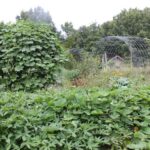





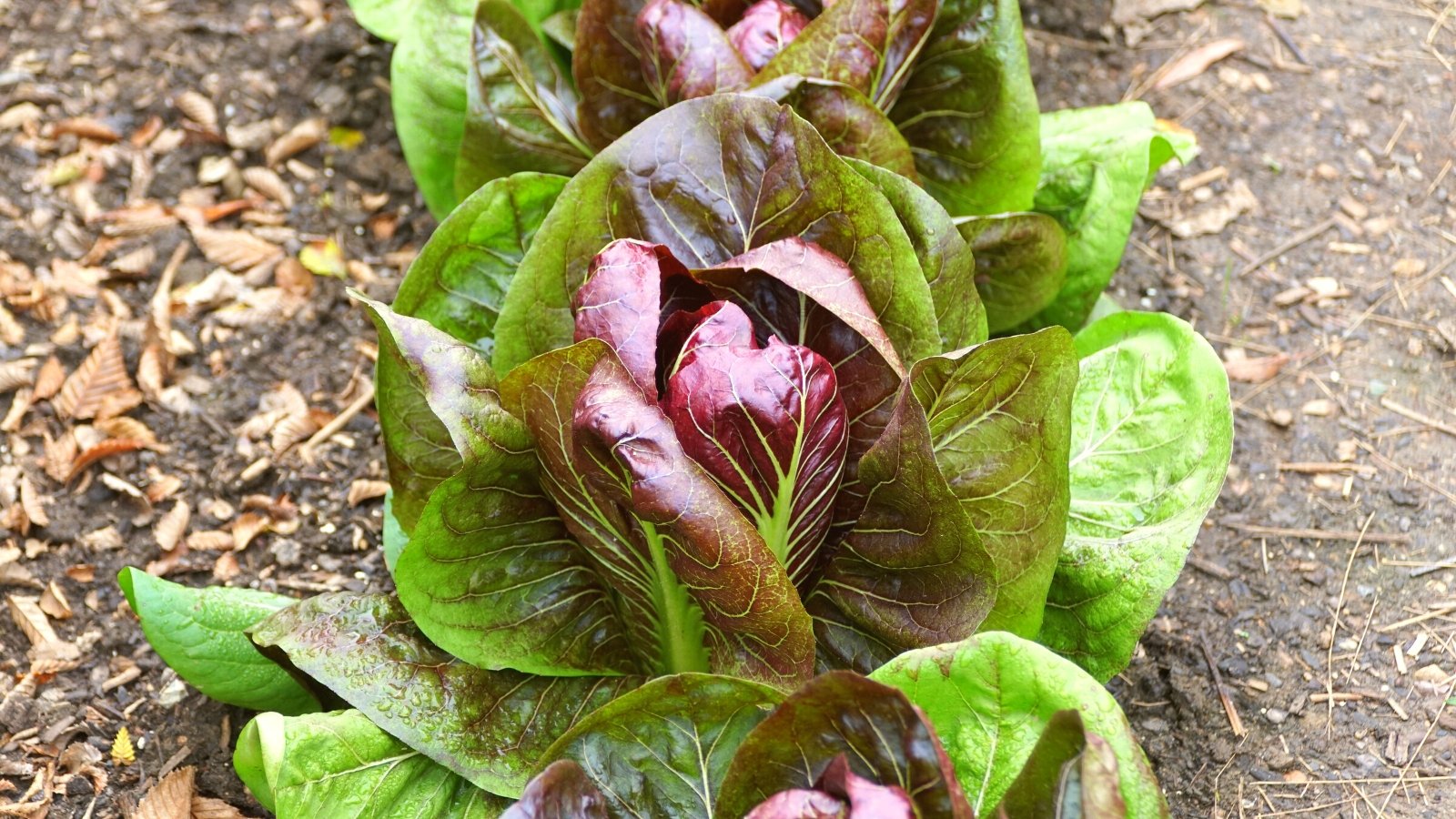
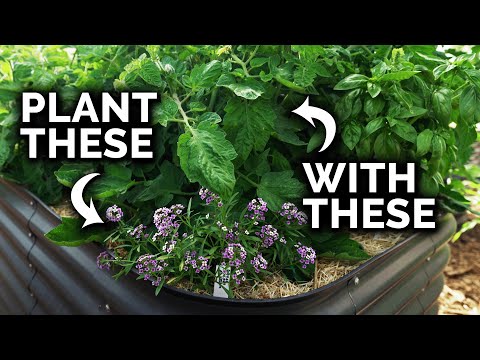
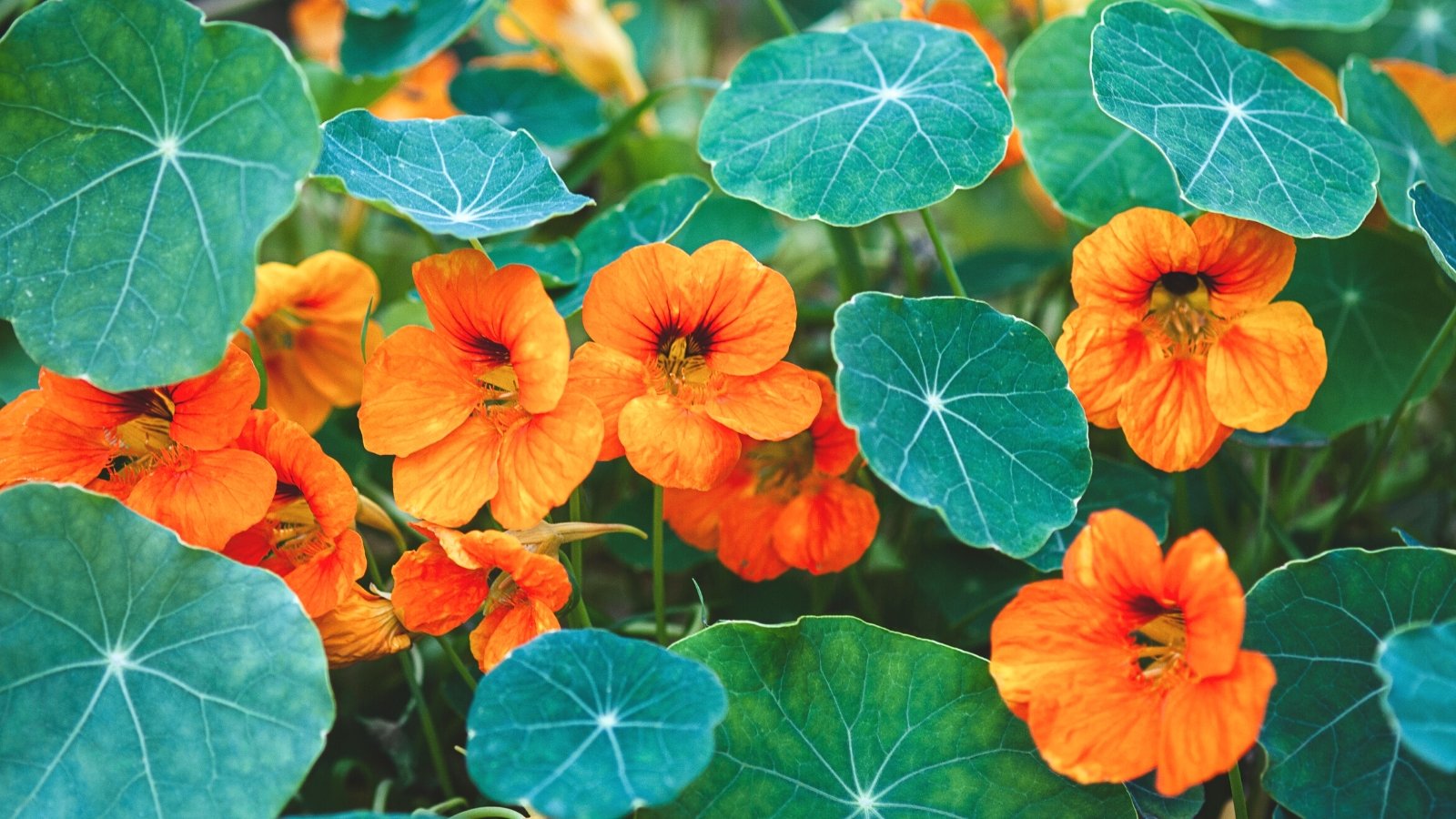
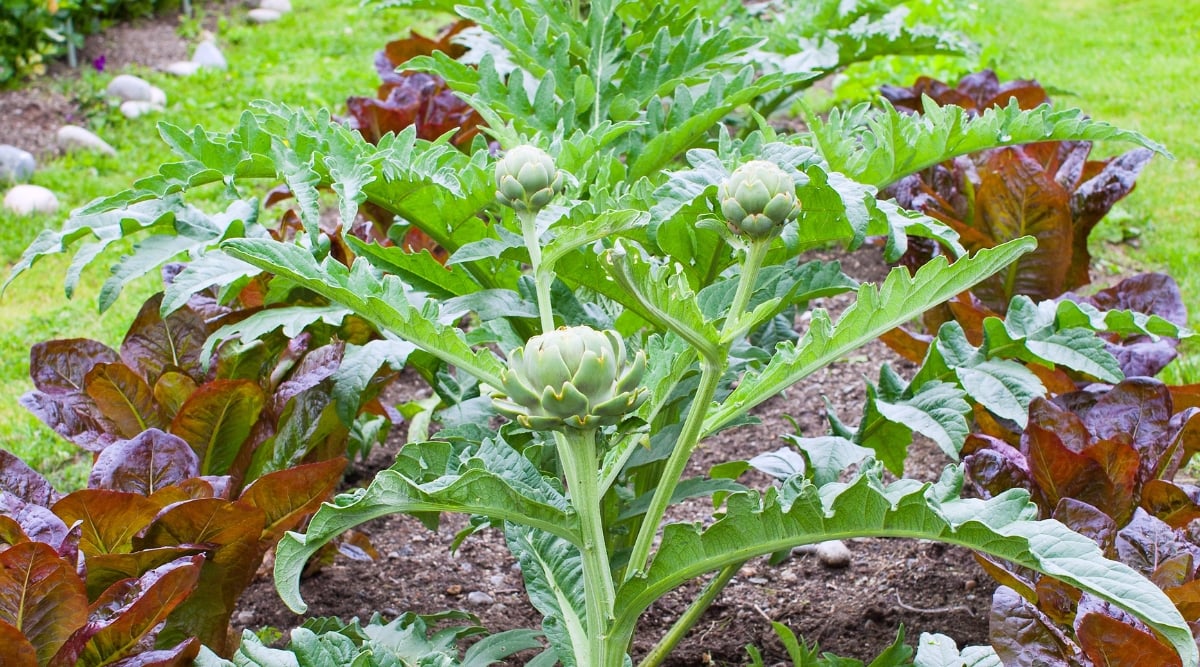
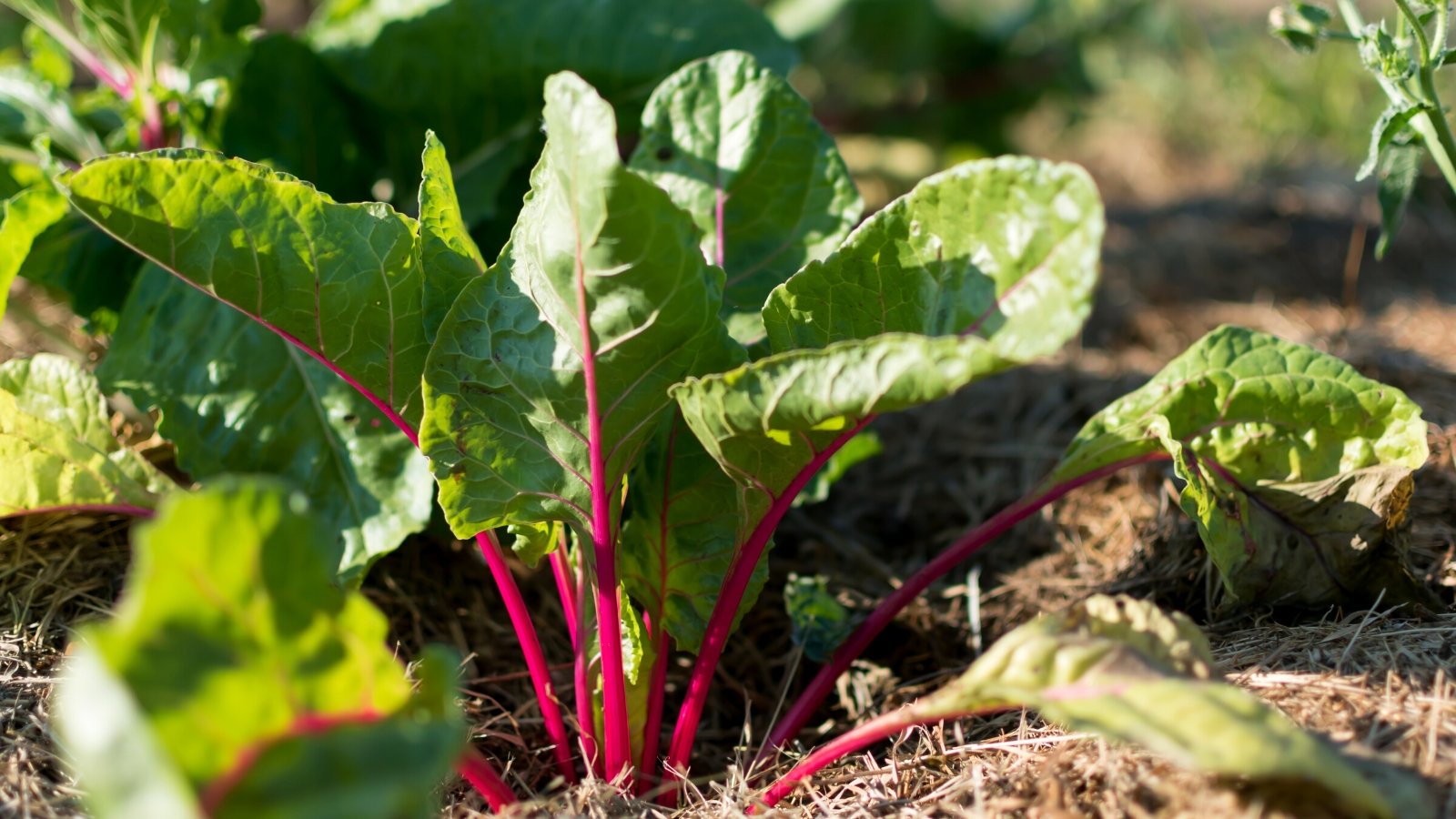
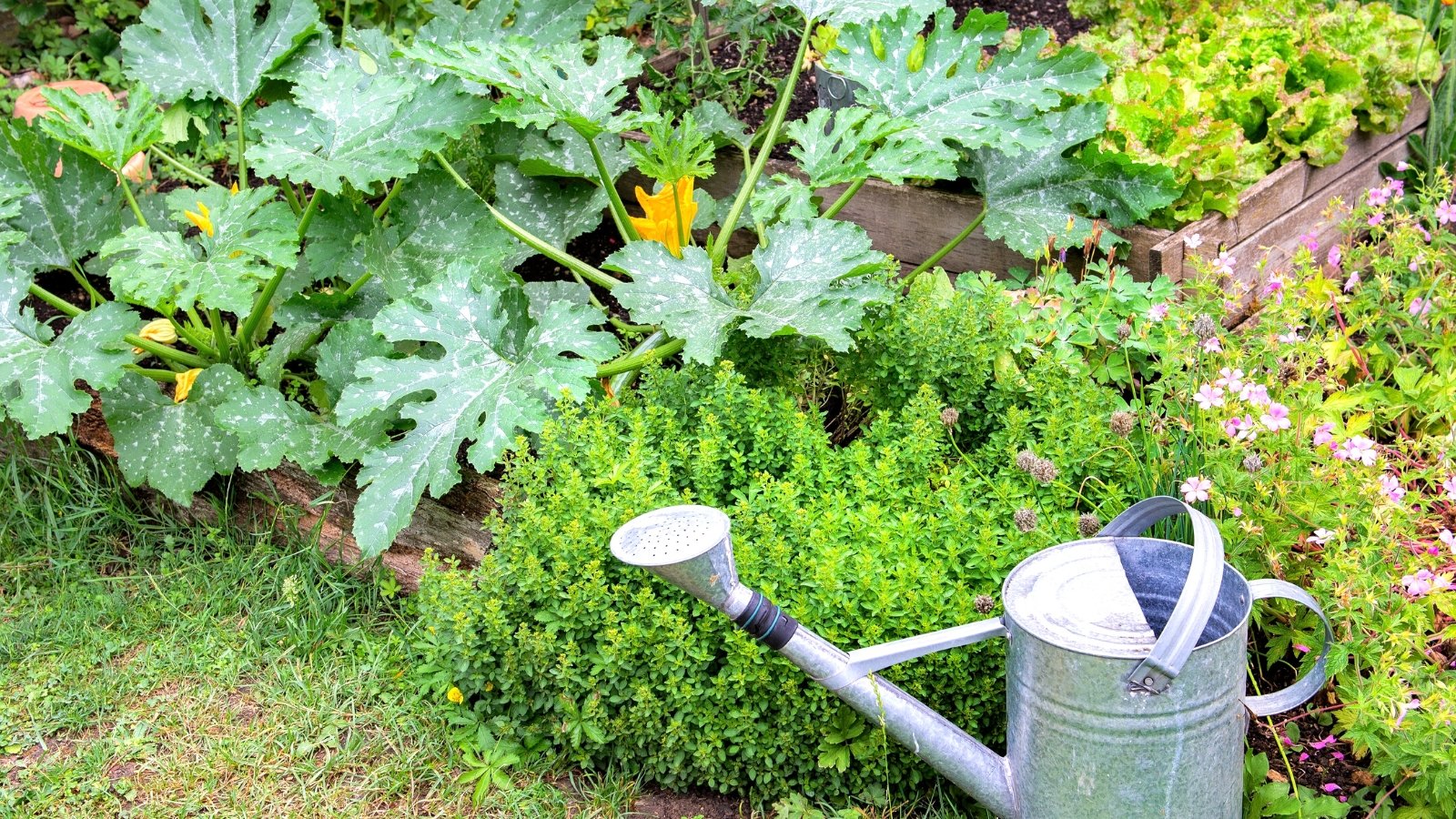
I appreciate the detailed suggestions for companion plants with radicchio. It’s helpful to know which vegetables can thrive together and how to optimize garden space effectively, especially for small gardens.
The information about radicchio’s growth habits is very useful. Understanding its needs, especially regarding water and sunlight, will certainly help in planning a successful garden layout.
This article offers great insights into the challenges of growing radicchio alongside other plants. I found the tips on managing pests particularly valuable for maintaining a healthy garden ecosystem.
This article provides a comprehensive overview of companion planting with radicchio. It’s interesting to learn how certain plants can benefit each other, especially in terms of nutrient absorption and pest management.
It’s fascinating to see how different plants can coexist and support each other’s growth. The connection between radicchio and its companions like carrots and cucumbers is something I will consider when planting next season.